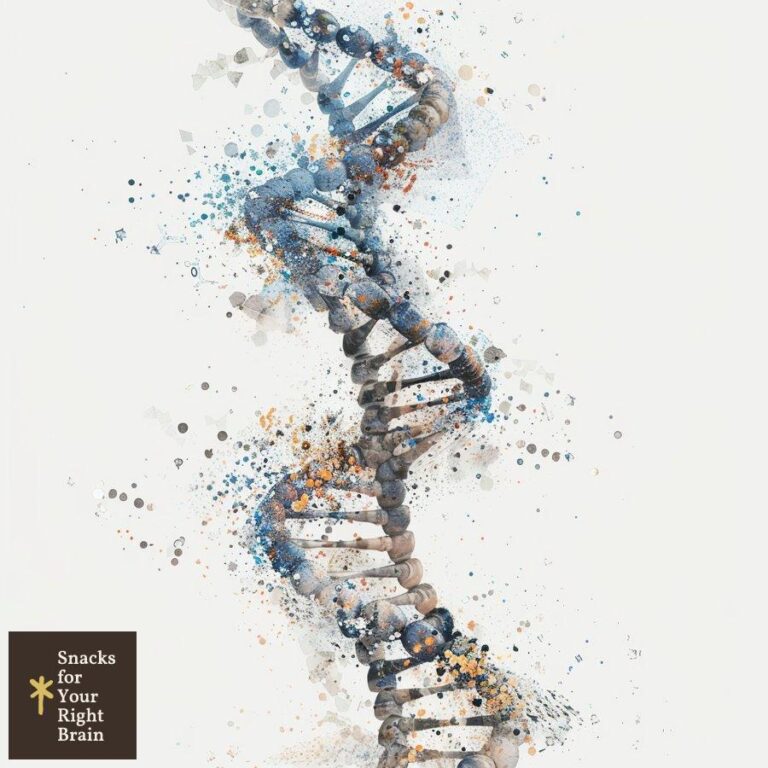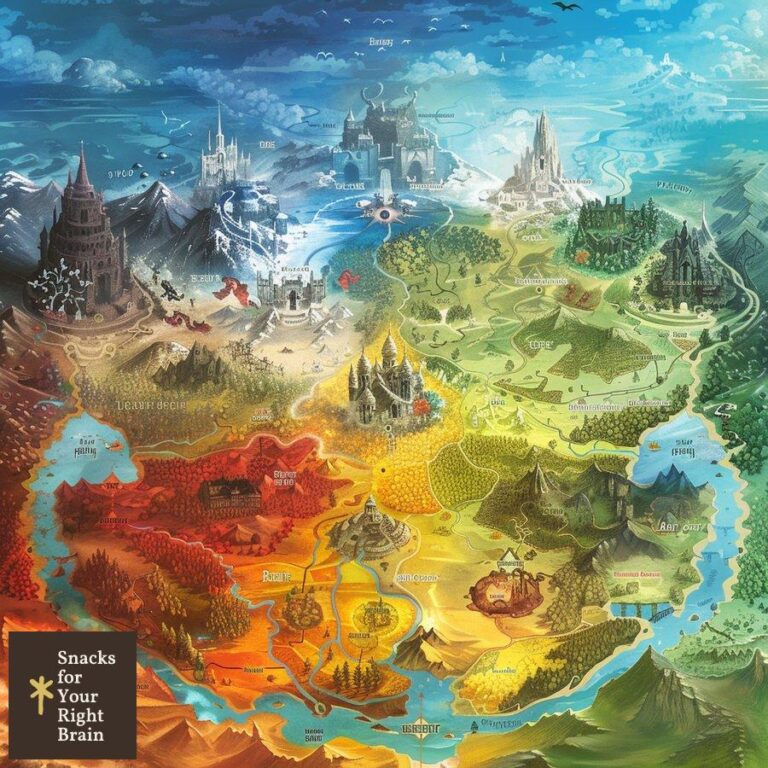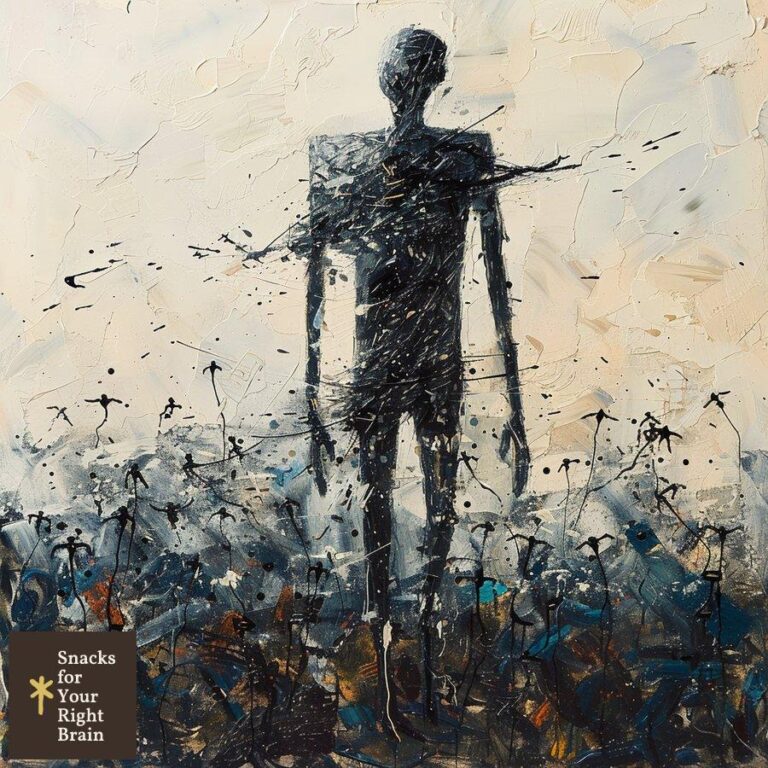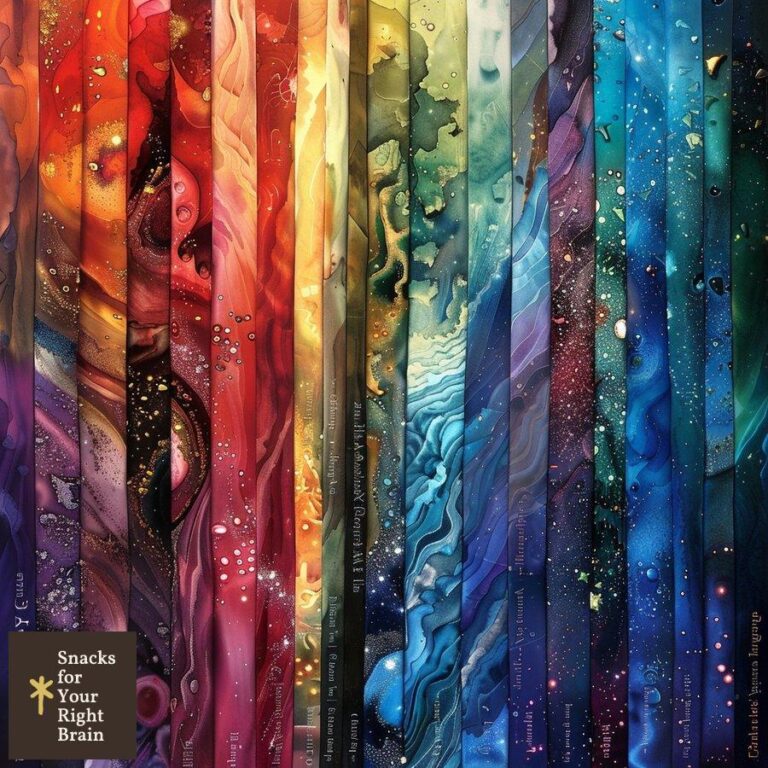What Is Character Driven Conflict
What is character-driven conflict?
Character-driven conflict is a narrative mechanism that arises from the internal struggles, motivations, and relationships of characters rather than external events or plot devices. This type of conflict emphasizes how characters’ desires, fears, and moral dilemmas create tension and propel the story forward.
In character-driven stories, the focus is on the characters’ emotional journeys and personal growth. Readers become invested in the characters’ internal battles, which often reflect universal human experiences such as love, loss, ambition, and redemption.
The essence of character-driven conflict lies in the interplay between characters’ goals and the obstacles they face, which can stem from their own flaws, misunderstandings, or differing values. This creates a rich tapestry of interactions that can lead to profound transformations, both for the characters and the overall narrative.
Key Aspects of Character-Driven Conflict
-
Internal vs. External Conflict: Character-driven conflict often involves internal struggles, where characters grapple with their own beliefs and desires, leading to a deeper exploration of their psyche.
-
Motivations: Understanding what drives a character is essential. Motivations can range from revenge and love to fear and ambition, and these motivations often clash with those of other characters, creating tension.
-
Character Relationships: The dynamics between characters play a significant role in character-driven conflict. Relationships can be sources of support or conflict, and how characters interact with each other can lead to significant narrative developments.
How does character-driven conflict differ from plot-driven conflict?
Character-driven conflict and plot-driven conflict represent two distinct approaches to storytelling, each with its unique focus and implications.

| Aspect | Character-Driven Conflict | Plot-Driven Conflict |
|---|---|---|
| Focus | Internal struggles and character development | External events and action |
| Character Agency | Characters drive the story through their choices | Plot events dictate character actions |
| Conflict Source | Arises from character motivations and relationships | Arises from external obstacles and events |
| Reader Engagement | Deep emotional connection to characters | Engagement through suspense and plot twists |
| Resolution | Often involves personal growth and transformation | Typically resolves through action or resolution of external events |
Character-driven conflict emphasizes the emotional and psychological aspects of storytelling, allowing readers to connect with characters on a deeper level. In contrast, plot-driven conflict relies on external events to create tension and maintain reader interest.
What are the main types of character-driven conflict?
Character-driven conflict can be categorized into several types, each highlighting different dimensions of character interactions and struggles.
-
Character vs. Self: This internal conflict occurs when a character grapples with their beliefs, desires, or moral dilemmas. For example, a character may struggle with guilt over a past mistake, leading to a crisis of identity.
-
Character vs. Character: This conflict arises from opposing goals or values between two or more characters. For instance, in Les Misérables, Jean Valjean’s ideals clash with Javert’s rigid adherence to the law, creating a compelling dynamic.
-
Character vs. Society: This type of conflict involves characters challenging societal norms or expectations. A character may struggle against cultural traditions or systemic injustices, as seen in novels like The Handmaid’s Tale.
-
Character vs. Nature: Although less common in character-driven narratives, this conflict can still play a role when characters must confront natural forces or their own limitations, leading to personal revelations.
Why are well-developed characters crucial for effective conflict?
Well-developed characters are essential for effective character-driven conflict because they provide the emotional depth and complexity that engage readers.
-
Relatability: Readers are more likely to connect with characters who possess distinct personalities, motivations, and flaws. This connection fosters investment in the characters’ journeys and conflicts.
-
Complexity: Well-rounded characters exhibit a range of emotions and motivations, making their conflicts more nuanced. A character’s internal struggles can mirror real-life dilemmas, enhancing the story’s authenticity.
-
Dynamic Interactions: Characters with depth interact in ways that feel genuine and compelling. Their relationships evolve as they confront challenges, leading to richer storytelling and more impactful conflicts.
How do character motivations drive conflict?
Character motivations are the driving force behind character-driven conflict. Understanding what characters want and why they want it is crucial for creating tension and drama.
-
Desires and Goals: Characters are often propelled by specific desires, whether it be love, revenge, power, or redemption. These goals can conflict with those of other characters, leading to tension and drama.
-
Fear and Insecurity: Characters may also be motivated by their fears or insecurities, which can lead to internal conflict. For instance, a character afraid of failure may sabotage their own efforts, creating a compelling narrative arc.
-
Moral Dilemmas: Characters often face moral choices that challenge their values and beliefs. These dilemmas can create intense conflict, as characters must weigh their desires against their ethical principles.
What role does character growth play in conflict resolution?
Character growth is integral to resolving character-driven conflicts. As characters confront their internal and external struggles, they often undergo significant transformations that lead to resolution.
-
Self-Discovery: Through conflict, characters can discover their true selves, leading to personal growth. This self-discovery often results in a deeper understanding of their motivations and relationships.
-
Change in Perspective: Characters may reevaluate their beliefs and values as they navigate conflict. This change in perspective can lead to new approaches to resolving their struggles.
-
Restoration of Relationships: Conflict often strains relationships, but character growth can facilitate healing and reconciliation. Characters who learn from their experiences may find ways to rebuild connections with others.
How can writers analyze characters to identify potential conflicts?
Writers can employ several strategies to analyze characters and identify potential conflicts:
-
Character Profiles: Creating detailed profiles for each character can help writers understand their motivations, desires, and fears. This analysis can reveal potential areas of conflict.
-
Backstory Exploration: Understanding a character’s past can shed light on their current motivations and conflicts. Writers should consider how past experiences shape a character’s actions and decisions.
-
Relationship Mapping: Mapping out the relationships between characters can highlight potential conflicts. Writers should consider how characters’ goals and values intersect or clash.
What techniques can be used to escalate character-driven conflict?
Writers can use various techniques to escalate character-driven conflict, enhancing tension and engagement:
-
Raising Stakes: Increasing the stakes for characters can heighten conflict. This can involve introducing new challenges or obstacles that threaten their goals.
-
Creating Misunderstandings: Miscommunication or misunderstandings between characters can lead to escalating conflict. Writers can use this technique to create tension and drama.
-
Introducing Competing Goals: Characters with conflicting goals can create dynamic tension. Writers should consider how characters’ desires intersect and clash to escalate conflict.
How should character-driven conflicts be resolved?
Resolving character-driven conflicts requires careful consideration of character growth and emotional arcs.

-
Emotional Resolution: Conflicts should be resolved in a way that reflects the characters’ emotional journeys. This may involve characters confronting their fears or reconciling with others.
-
Logical Outcomes: Resolutions should feel earned and logical based on the characters’ development throughout the story. Writers should ensure that resolutions align with the characters’ motivations and growth.
-
Open-Ended Possibilities: Not all conflicts need to be fully resolved. Leaving some questions unanswered can add depth and complexity to the narrative, allowing for ongoing character exploration.
What are some classic examples of character-driven conflict in literature?
Several classic works of literature exemplify character-driven conflict, showcasing the power of internal struggles and emotional journeys:
-
Les Misérables by Victor Hugo: The conflict between Jean Valjean and Javert highlights the clash between personal morality and societal law, illustrating the complexity of character-driven conflict.
-
Pride and Prejudice by Jane Austen: Elizabeth Bennet’s internal struggles with societal expectations and her feelings for Mr. Darcy create rich character-driven conflict that drives the narrative.
-
The Great Gatsby by F. Scott Fitzgerald: Jay Gatsby’s pursuit of Daisy Buchanan is fraught with internal conflict, as he grapples with his past and the realities of his dreams.
How do contemporary authors use character-driven conflict?
Contemporary authors continue to explore character-driven conflict, often blending it with modern themes and issues.
-
Diverse Perspectives: Many contemporary authors highlight diverse characters and experiences, allowing for rich explorations of identity and conflict.
-
Complex Relationships: Modern narratives often focus on the intricacies of relationships, showcasing how personal dynamics can lead to conflict and growth.
-
Social Issues: Contemporary authors frequently address social issues through character-driven conflict, using their characters’ struggles to comment on broader societal challenges.
Why does character-driven conflict create deeper reader engagement?

Character-driven conflict fosters deeper reader engagement for several reasons:
-
Emotional Connection: Readers are drawn to characters with whom they can relate. The emotional depth of character-driven conflict resonates with readers, making them more invested in the story.
-
Complex Narratives: Character-driven conflict often leads to intricate narratives that explore the human experience. This complexity can captivate readers and encourage them to reflect on their own lives.
-
Transformation: Witnessing characters grow and change through conflict can be a powerful experience for readers. This transformation often mirrors their own journeys, creating a sense of shared understanding.
How does character-driven conflict contribute to memorable storytelling?

Character-driven conflict is a cornerstone of memorable storytelling, enhancing the narrative in several ways:
-
Rich Character Arcs: Well-developed characters with meaningful conflicts create compelling arcs that resonate with readers. These arcs often leave a lasting impression.
-
Universal Themes: Character-driven conflict frequently explores universal themes, allowing readers to connect with the story on a deeper level. Themes of love, loss, and redemption are often woven into the fabric of the narrative.
-
Engaging Narratives: The emotional stakes involved in character-driven conflict keep readers engaged. As characters navigate their struggles, readers become invested in the outcome.
What are the risks of creating forced or artificial conflicts?
Creating forced or artificial conflicts can undermine the narrative and alienate readers.
-
Lack of Authenticity: Conflicts that feel contrived or unrealistic can break the reader’s immersion in the story. Authenticity is crucial for maintaining engagement.
-
Character Inconsistency: Forced conflicts may lead to characters acting in ways that contradict their established motivations and personalities. This inconsistency can confuse readers and diminish their connection to the characters.
-
Reduced Emotional Impact: When conflicts lack depth or realism, their emotional impact is diminished. Readers may feel less invested in the outcome, leading to disengagement.
How can writers balance character-driven conflict with external plot events?
Balancing character-driven conflict with external plot events requires careful planning and consideration.
-
Integrate Conflicts: Writers should strive to integrate character-driven conflicts with external events. This can create a cohesive narrative where internal and external struggles complement each other.
-
Ensure Character Agency: Characters should actively influence the plot through their decisions and actions. This agency allows character-driven conflicts to drive the narrative forward.
-
Maintain Tension: Writers can create tension by juxtaposing character-driven conflicts with external challenges. This interplay can enhance the overall drama and engagement of the story.
Why is character consistency important in conflict development?
Character consistency is vital for effective conflict development because it ensures that characters remain believable and relatable.
-
Authentic Reactions: Characters should respond to conflicts in ways that align with their established personalities. Consistency in character behavior enhances the emotional impact of their struggles.
-
Reader Trust: Readers are more likely to trust and invest in characters who behave consistently. Inconsistent character actions can lead to confusion and disengagement.
-
Meaningful Growth: Consistent characters can undergo meaningful growth as they confront conflicts. This growth feels earned and resonates with readers, enhancing the overall narrative.
What methods can writers use to generate character-driven conflict ideas?
Writers can employ various methods to generate ideas for character-driven conflict:
-
Character Interviews: Conducting interviews with characters can help writers uncover their motivations, desires, and fears, leading to potential conflict scenarios.
-
Exploring Relationships: Writers should consider how characters’ relationships can create conflict. Analyzing dynamics can reveal areas of tension and drama.
-
Incorporating Real-Life Experiences: Drawing from personal experiences or observations can inspire authentic conflict ideas. Writers can explore how real-life dilemmas translate into character-driven narratives.
How can character-driven conflict be enhanced during the revision process?
Enhancing character-driven conflict during the revision process involves several strategies:
-
Evaluate Character Arcs: Writers should assess whether characters experience meaningful growth throughout the story. Revising character arcs can strengthen the emotional impact of conflicts.
-
Refine Dialogue: Dialogue can reveal character motivations and tensions. Writers should revise dialogue to ensure it reflects the characters’ internal struggles and relationships.
-
Clarify Motivations: Ensuring that characters’ motivations are clear and compelling can enhance the depth of conflict. Writers should revise scenes to highlight what drives characters and how these motivations clash.
This draft encompasses the requested content while adhering to the specified requirements.






